Italy takes food seriously, including when and how it’s eaten. Some traditions might seem quirky to outsiders, but they tie back to regional pride, centuries-old customs, or simple logic. What might look like a personal preference is primarily a cultural expectation. Here are some food rules about taste, respect, rhythm, and identity.
No Cappuccino After Noon

Credit: Wikimedia Commons
Order a cappuccino post-lunch in Italy, and you might get a raised eyebrow. Locals believe milk-heavy drinks disrupt digestion later in the day. Cappuccino belongs in the morning, usually paired with a pastry. After that, espresso takes over.
Cheese Doesn’t Belong on Seafood
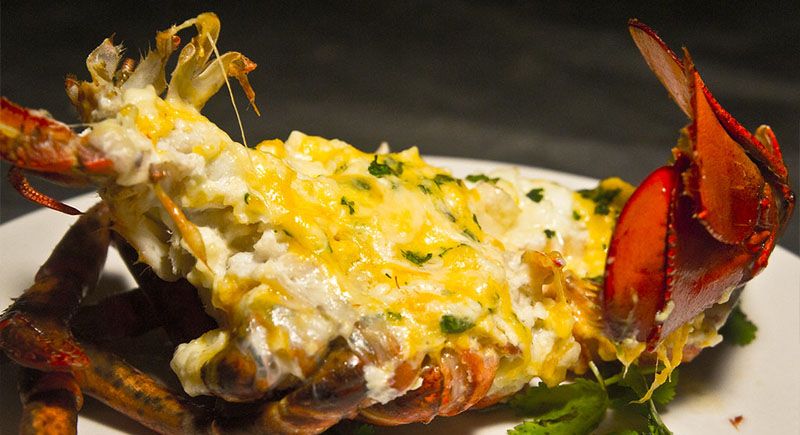
Credit: flickr
You won’t find grated cheese on linguine with clams or risotto with shrimp. Italians consider cheese too bold for seafood. Even a sprinkle of Parmigiano is unacceptable. The goal is to let the main ingredients speak for themselves instead of drowning them in something that doesn’t naturally fit.
Bread Isn’t for Starting a Meal
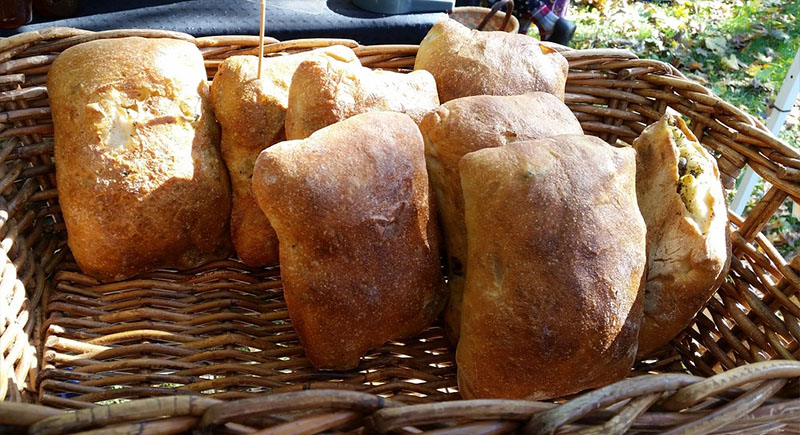
Credit: flickr
Tearing into the breadbasket before anything else arrives may feel normal elsewhere, but the citizens of Italy treat bread differently. Bread is meant to accompany the main course and is used to soak up leftover sauce once the plate is nearly clean.
Salad Comes After the Main Course
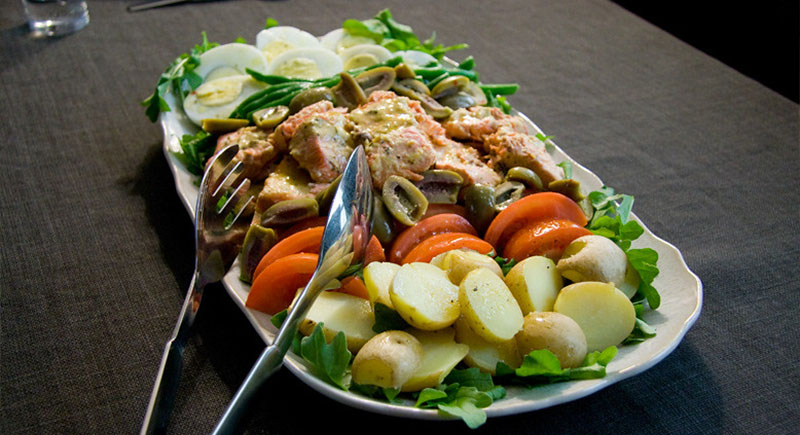
Credit: flickr
Many Italian cuisines save salad for the end. It’s a way to refresh the palate and ease digestion just in time for dessert. The crisp, acidic greens help cleanse the mouth and wind down the meal. Serving it upfront might feel backward to locals who follow the flow of traditional courses.
No Spaghetti with Meatballs
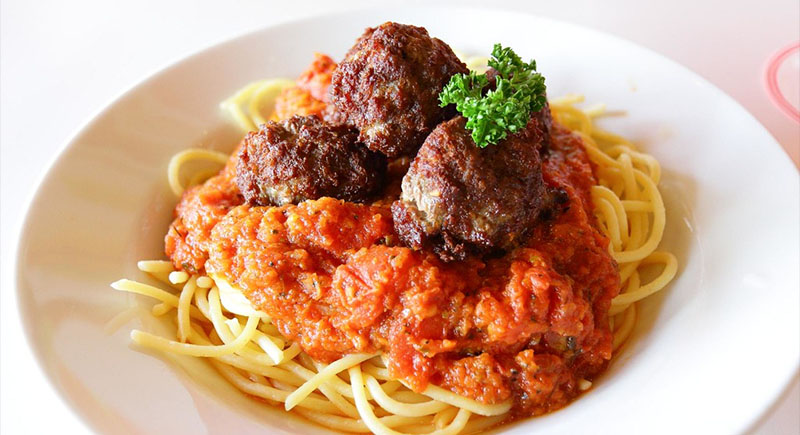
Credit: flickr
Spaghetti and meatballs exist—but not together. “Polpette” are served separately as a second course, while pasta stands alone. The famous pairing seen in American restaurants is more of a cultural mashup.
Pasta Is a First Course
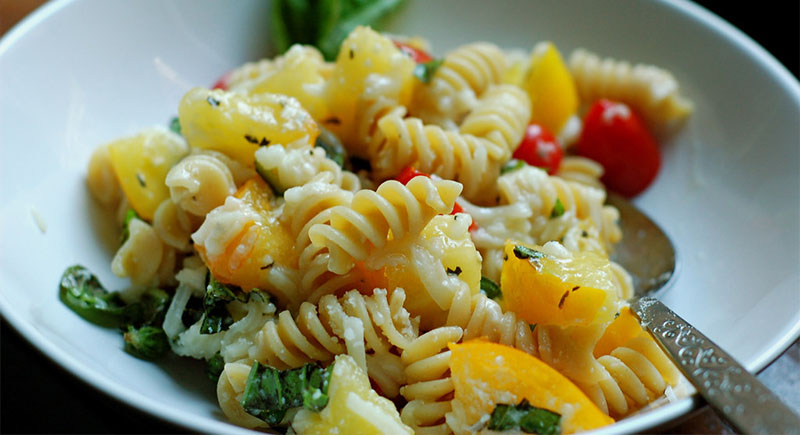
Credit: flickr
A heaping bowl of pasta as the only dish on the table isn’t the norm in the country. Instead, it usually arrives before the meat or fish. Eating this way allows for more variety and smaller portions without pressure on a single plate.
Olive Oil Replaces Butter at the Table
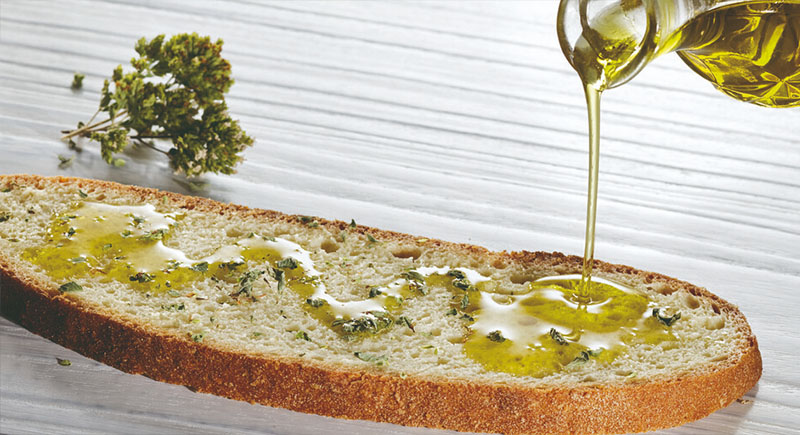
Credit: flickr
Instead of slathering bread with butter, Italians drizzle it with olive oil—or eat it plain. Olive oil is found everywhere, across most regions: on vegetables, soups, and even desserts. Butter has its place in Northern cuisine, but oil takes the lead in flavor and health for everyday use.
Pineapple on Pizza Sparks Real Debate
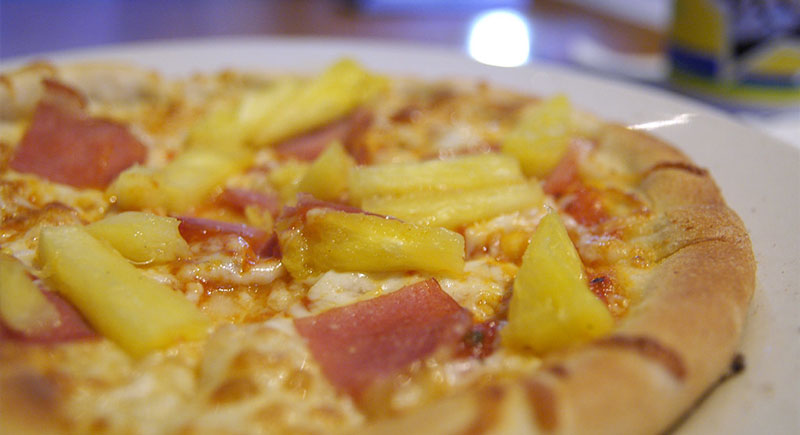
Credit: flickr
Many residents feel that pineapple as a topping feels out of place. Pizza, especially in Naples, follows tradition and simplicity. Ingredients are chosen to blend naturally. A slice topped with sweet fruit may sell in tourist zones, but locals typically pass it up without hesitation.
Coffee Is Quick, Not an Event

Credit: Wikimedia Commons
Drinking coffee is a short, focused moment in Italy. Individuals usually stand at the bar, downing an espresso in seconds, and carrying on with their day. The giant to-go cups common in the U.S. don’t match the culture. Coffee here is about giving yourself a quick pause and moving on.
Parmesan Has Its Place—But Not Everywhere
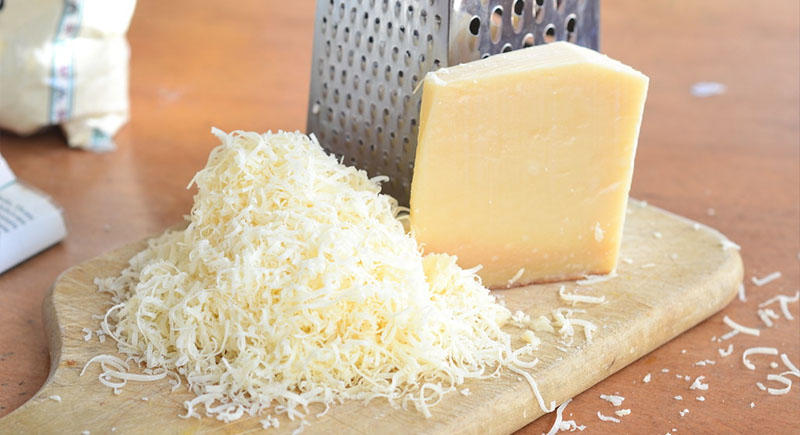
Credit: flickr
Parmesan isn’t meant to go on everything. It is paired carefully with tomato-based or creamy pasta dishes, but it is skipped on fish or mushroom risotto. Sprinkling cheese just because it’s available breaks the rules of flavor balance, so it is crucial to know not to use it.
Fruit Sometimes Replaces Dessert
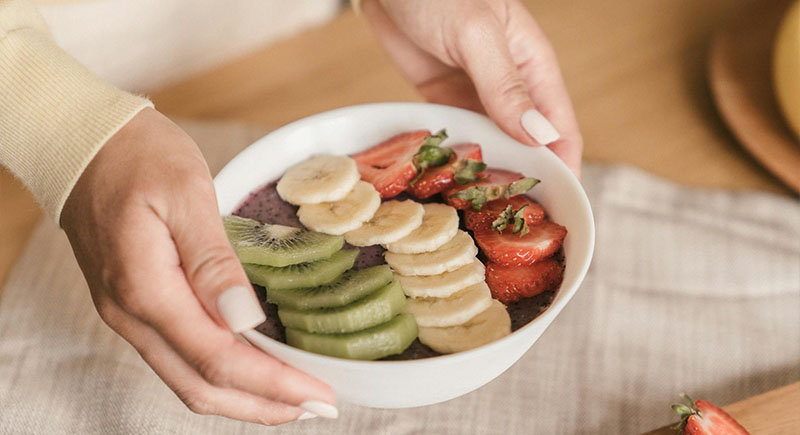
Credit: pexels
At the end of a long meal, choosing fruit instead of cake or pastries is common. It’s lighter, easier on the stomach, and mainly seasonal. Gelato or tiramisu may appear at special dinners, but on a typical night, a slice of melon or a handful of grapes is good enough on a typical night.
Gelato Isn’t Just for Summer

Credit: Wikimedia Commons
While tourists line up during warmer months, locals enjoy gelato all year. It’s an everyday treat, which is usually eaten while strolling in the evening. Seasonal flavors rotate through the year, and many individuals know where to find the best artisanal shops, even when the temperature drops.
Pizza Is a Personal Dish
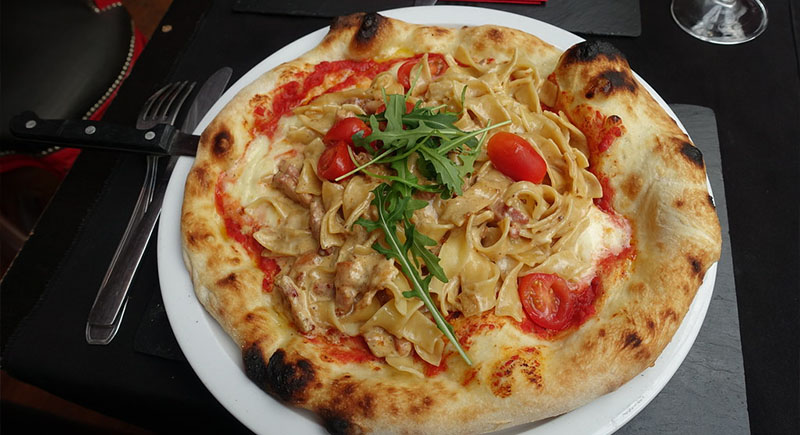
Credit: flickr
Sharing slices is more of an American tradition. In Italy, everyone gets their own pizza—served uncut, eaten with a knife and fork, and finished individually. Restaurants expect that you’ll order one per person, even if you are dining in a group.
Carbonara Doesn’t Have Cream

Credit: flickr
Cream in carbonara is a common visitor error. The traditional Roman version uses eggs, Pecorino Romano, guanciale, and black pepper. The creamy texture comes from mixing hot pasta with beaten egg and cheese. Extra ingredients like garlic or onions also don’t belong.
Aperitivo Comes Before Dinner, Not During
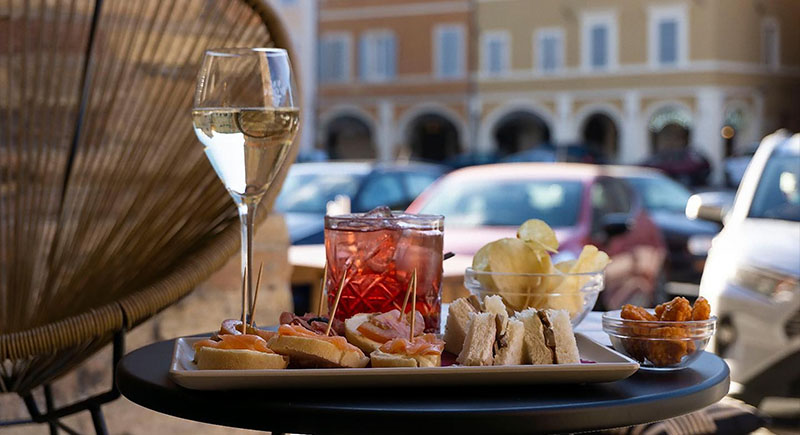
Credit: Wikimedia Commons
Aperitivo is a pre-dinner ritual meant to open the appetite. Drinks like Aperol spritz or vermouth come with small snacks. They are not a replacement for dinner or there to drag things out. When treated correctly, it’s a light and social way to start the evening.
Risotto Demands Patience and Attention
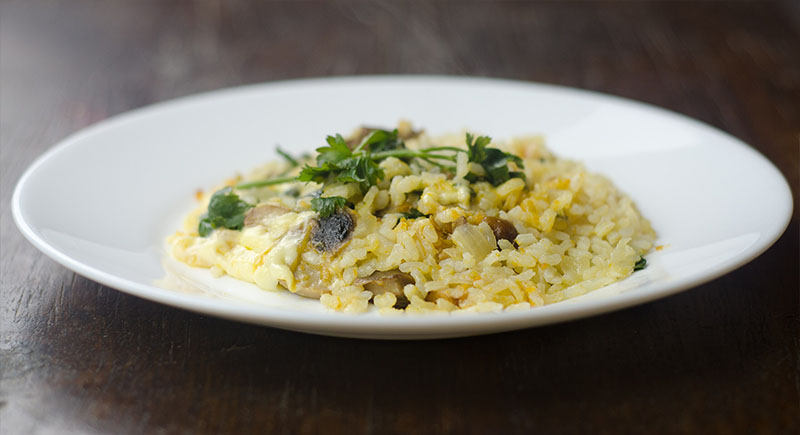
Credit: Wikimedia Commons
Rushing risotto misses the point. It is often treated like a dish that deserves care, which is why broth is added slowly and constantly stirred. You can also have a sip or two to check the taste. It’s not something that you can just leave alone on the stove, and the effort is worth it. Anything less feels like skipping steps that define the dish.
Water and Wine Are Standard at Dinner
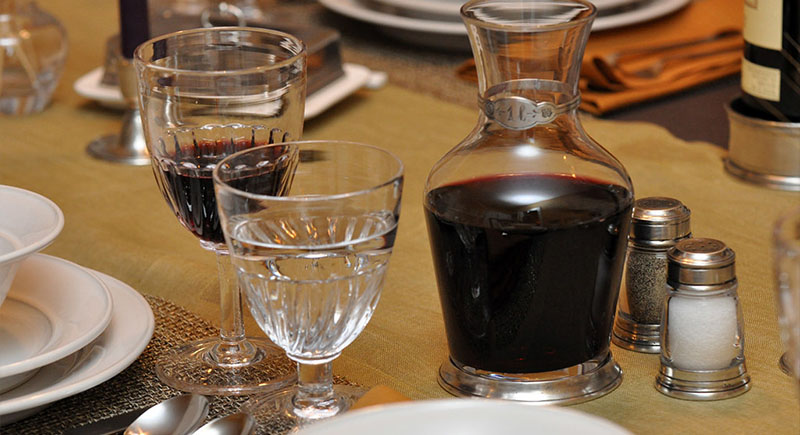
Credit: flickr
At most tables, you’ll see water and wine, not soda. People prefer drinks that complement the food. Still or sparkling water sometimes comes in glass bottles, and wine is chosen carefully to match the dishes. Sugary drinks are left for casual dinners/lunches, or snacks.





